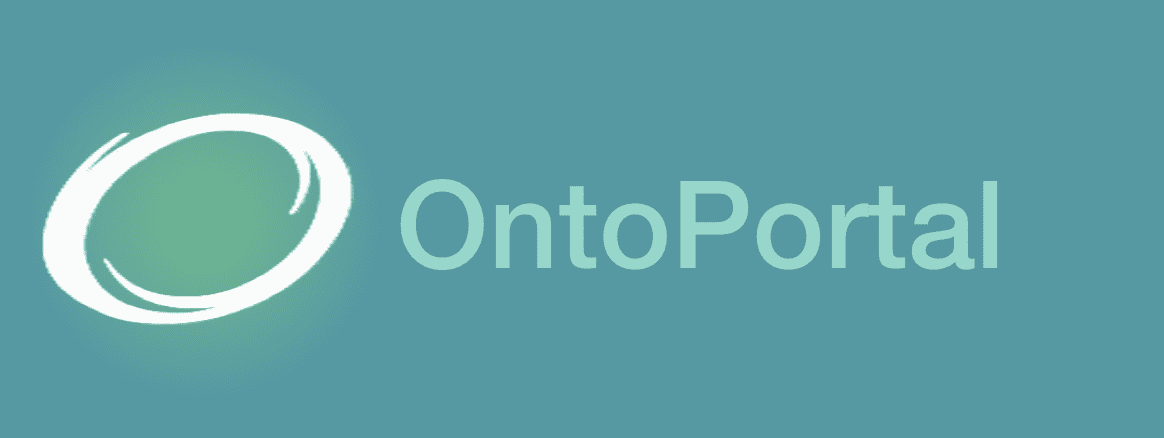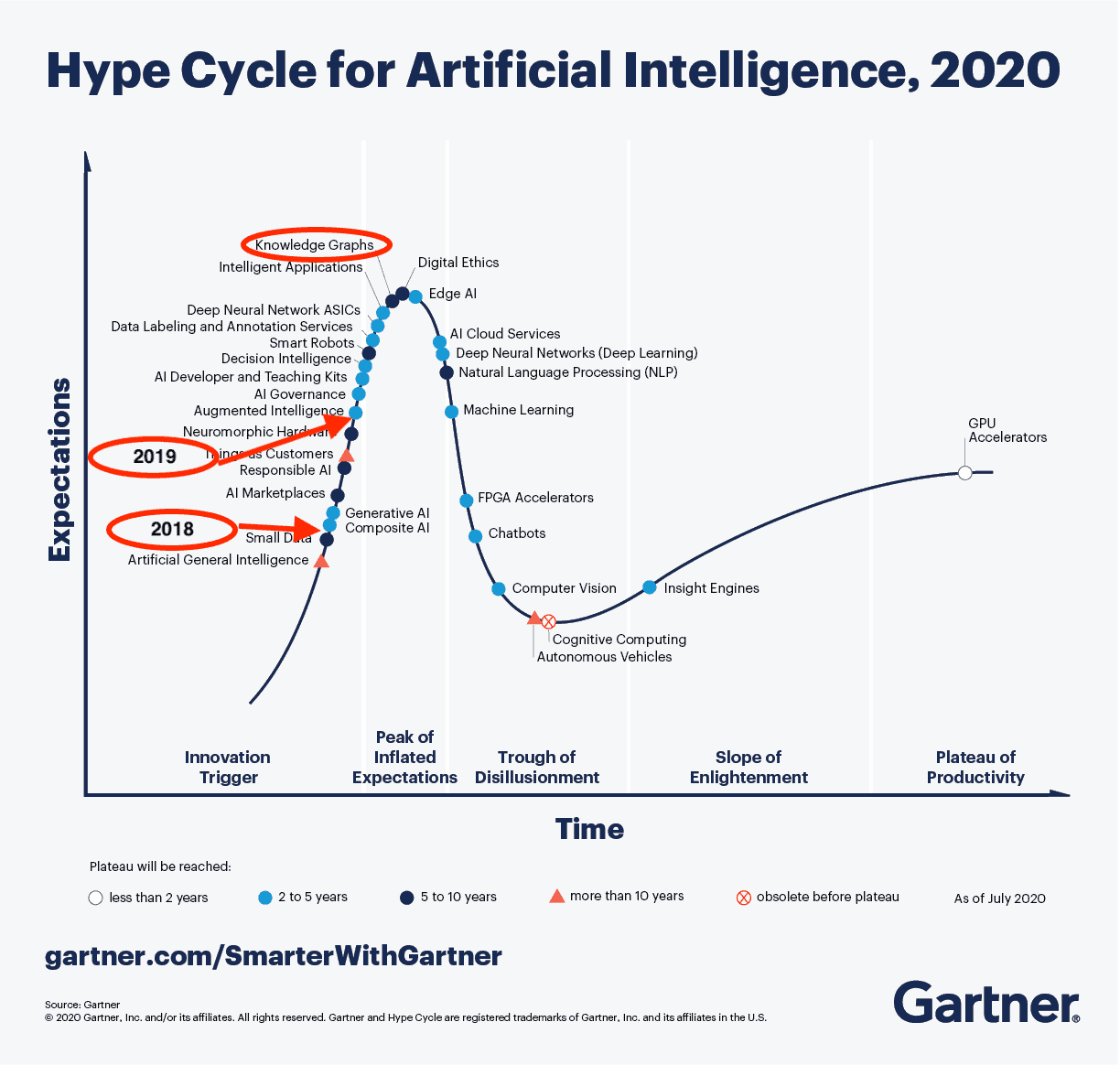Franz Inc. Acknowledged as a Leader for Knowledge Graph Solutions
Lafayette, Calif., June 23, 2020 — Franz Inc., an early innovator in Artificial Intelligence (AI) and leading supplier of Semantic Graph Database technology for Knowledge Graph Solutions, today announced that it has been named to The 100 Companies That Matter in Data by Database Trends and Applications. The annual list reflects the urgency felt among many organizations to provide a timely flow of targeted information. Among the more prominent initiatives is the use of AI and cognitive computing, as well as related capabilities such as machine learning, natural language processing, and text analytics. This list recognizes companies based on their presence, execution, vision and innovation in delivering products and services to the marketplace.
“We’re excited to announce our eighth annual list, as the industry continues to grow and evolve,” remarked Thomas Hogan, Group Publisher at Database Trends and Applications. “Now, more than ever, businesses are looking for ways transform how they operate and deliver value to customers with greater agility, efficiency and innovation. This list seeks to highlight those companies that have been successful in establishing themselves as unique resources for data professionals and stakeholders.”
“We are honored to receive this acknowledgement for our efforts in delivering Enterprise Knowledge Graph Solutions,” said Dr. Jans Aasman, CEO, Franz Inc. “In the past year, we have seen demand for Enterprise Knowledge Graphs take off across industries along with recognition from top technology analyst firms that Knowledge Graphs provide the critical foundation for artificial intelligence applications and predictive analytics.
Our recent launch of AllegroGraph 7 with FedShard, a breakthrough that allows infinite data integration to unify all data and siloed knowledge into an Entity-Event Knowledge Graph solution will catalyze Knowledge Graph deployments across the Enterprise.”
Gartner recently released a report “How to Build Knowledge Graphs That Enable AI-Driven Enterprise Applications” and have previously stated, “The application of graph processing and graph databases will grow at 100 percent annually through 2022 to continuously accelerate data preparation and enable more complex and adaptive data science.” To that end, Gartner named graph analytics as a “Top 10 Data and Analytics Trend” to solve critical business priorities. (Source: Gartner, Top 10 Data and Analytics Trends, November 5, 2019).
“Graph databases and knowledge graphs are now viewed as a must-have by enterprises serious about leveraging AI and predictive analytics within their organization,” said Dr. Aasman “We are working with organizations across a broad range of industries to deploy large-scale, high-performance Entity-Event Knowledge Graphs that serve as the foundation for AI-driven applications for personalized medicine, predictive call centers, digital twins for IoT, predictive supply chain management and domain-specific Q&A applications – just to name a few.”
Forrester Shortlists AllegroGraph
AllegroGraph was shortlisted in the February 3, 2020 Forrester Now Tech: Graph Data Platforms, Q1 2020 report, which recommends that organizations “Use graph data platforms to accelerate connected-data initiatives.” Forrester states, “You can use graph data platforms to become significantly more productive, deliver accurate customer recommendations, and quickly make connections to related data.”
Bloor Research covers AllegroGraph with FedShard
Bloor Research Analyst, Daniel Howard noted “With the 7.0 release of AllegroGraph, arguably the most compelling new capability is its ability to create what Franz refers to as “Entity-Event Knowledge Graphs” (or EEKGs) via its patented FedShard technology.” Mr. Howard goes on to state “Franz clearly considers this a major release for AllegroGraph. Certainly, the introduction of an explicit entity-event graph is not something I’ve seen before. The newly introduced text to speech capabilities also seem highly promising.”
AllegroGraph Named to KMWorld’s 100 Companies That Matter in Knowledge Management
AllegroGraph was also recently named to KMWorld’s 100 Companies That Matter in Knowledge Management. The KMWorld 100 showcases organizations that are advancing their products and capabilities to meet changing requirements in Knowledge Management.
Franz Knowledge Graph Technology and Services
Franz’s Knowledge Graph Solution includes both technology and services for building industrial strength Entity-Event Knowledge Graphs based on best-of-class tools, products, knowledge, skills and experience. At the core of the solution is Franz’s graph database technology, AllegroGraph with FedShard, which is utilized by dozens of the top F500 companies worldwide and enables businesses to extract sophisticated decision insights and predictive analytics from highly complex, distributed data that cannot be uncovered with conventional databases.
Franz delivers the expertise for designing ontology and taxonomy-based solutions by utilizing standards-based development processes and tools. Franz also offers data integration services from siloed data using W3C industry standard semantics, which can then be continually integrated with information that comes from other data sources. In addition, the Franz data science team provides expertise in custom algorithms to maximize data analytics and uncover hidden knowledge.
![]() Dr. Jans Aasman to present – Franz’s approach to Entity Event Data Modeling for Enterprise Knowledge Fabrics
Dr. Jans Aasman to present – Franz’s approach to Entity Event Data Modeling for Enterprise Knowledge Fabrics



